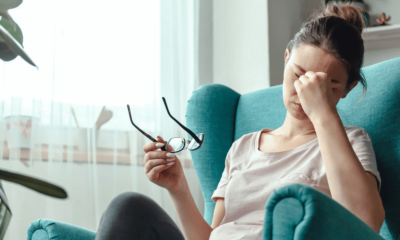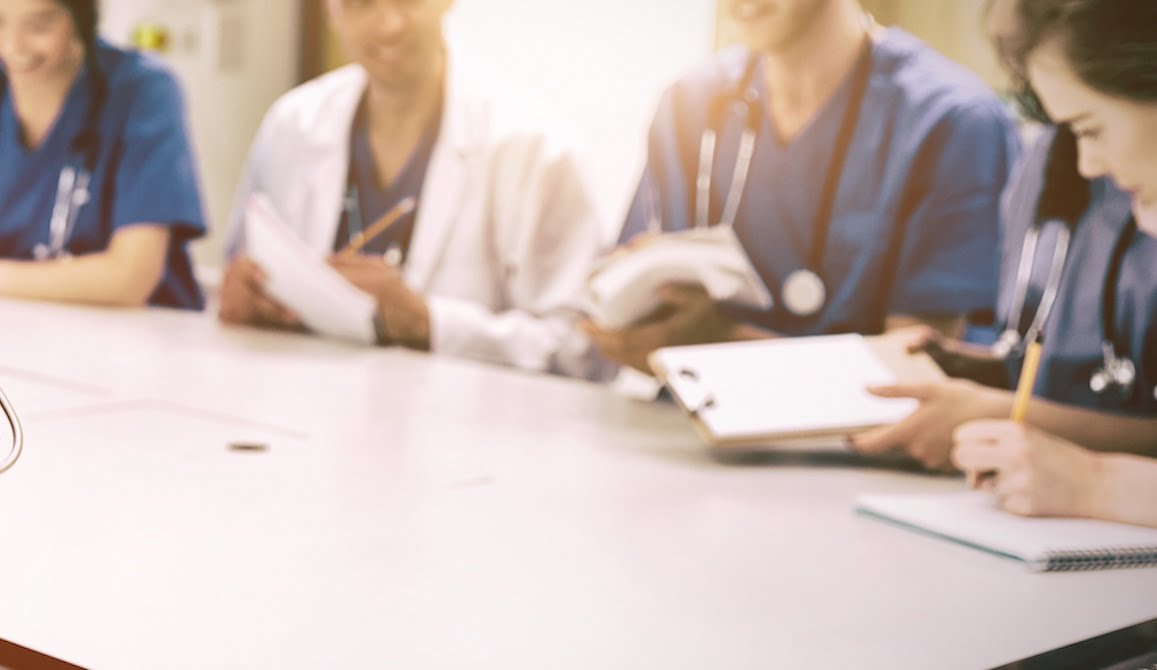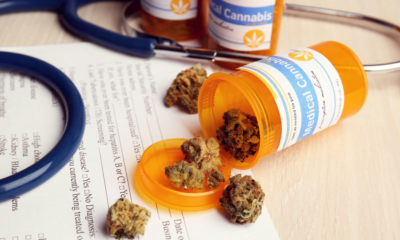As the scientific community begins to catch up, when it comes to medical cannabis, there remains a knowledge gap among healthcare professionals. A small but increasing number of educational institutions are looking to close it.
As cannabis continues to be legalised for medical use in countries across the globe, there is a rising demand for education in treating patients with a range of conditions.
Valued at $8 billion in 2018, recent statistics estimate that the global medical cannabis industry will reach $52.8 billion by 2027. Global cannabis reform is creating a surge in demand for qualified cannabis healthcare professionals and with a poll earlier this year finding that 55 per cent of Europeans support adult-use cannabis legalisation, the market is only set to grow.
Healthcare professionals play an integral role in bridging the gap between the expanding industry, shifting legislation and rapidly evolving science. However, there are still very few institutions that offer higher education programmes in what is a relatively novel field of medicine.

In the US, there are as few as three universities providing medical cannabis courses for healthcare professionals. The most recent to launch is a programme of courses at Pacific College of Health and Science, which includes a masters of science degree in cannabis science and therapeutics, launching in Autumn this year.
“There’s always been a little bit of reticence from the medical community about embracing cannabis as a medicine. There are a number of good reasons for that,” director of Medical Cannabis Programmes at Pacific College, Timothy Byars, told Cannabis Health.
“Obviously in the US, it’s a schedule one drug so clinicians are concerned about their licences and about their practice. There’s also a lot of cultural baggage around cannabis use. The public has been subject to research bias and misinformation for decades now.
“It’s been really difficult for clinicians and for the general public to know what’s true about cannabis and how to separate the misinformation from the good science.”
Byars believes that healthcare professionals can not only help patients access medical cannabis, but also help reconcile people’s misguided perspectives on cannabis use.
The tipping point
Despite a slow start, Byars thinks the medical community in the US is now reaching a tipping point as healthcare professionals begin to gain a better understanding of the plant and accept that its prevalence is only set to grow.
A critical source of information for many clinicians comes directly from their patient base. With thousands of studies available across the internet and anecdotal evidence supporting the use of cannabis for a broad range of conditions, patients are being informed by their personal experience, online findings and in some cases, retail workers in their local dispensary.
Byars said: “Imagine that you walk into a fully stocked pharmacy, and you’re hoping to get some help treating a condition that you have and you’re told to pick something out randomly with no support or guidance from an eligible clinician. That’s the cannabis model for most patients right now.
“They walk into a dispensary, there are hundreds of products with multiple cannabinoids, varying potencies and terpene profiles and multiple routes of administration. And they’re told to just pick. It’s crazy that that’s the model we’re asking our patients to navigate.”
Byars believes it is time to return cannabis health care to medical professionals.
“We need to make sure that that healthcare professionals are embracing cannabis education,” he said.
“Cannabis is a tool that should be in every clinician’s toolbox and those clinicians should know how to wield that tool properly.”
“They need to start to understand what the pharmacodynamic and pharmacokinetic effects of cannabis are, what the [possible] drug-drug interactions are. These are just some of the things that clinicians need to know now; they can no longer put their hands up and say ‘I’m sorry, I can’t talk about this’.”
Nurses “leading the charge”
The greatest demand for this information comes from nurses who are “leading the charge” in the medical community. In many cases, patients are more comfortable talking casually about medical cannabis with a nurse rather than with their doctor.
However, many nurses are still unsure about whether cannabis is safe to talk about at their organisation due to poorly defined policies and a lack of knowledge surrounding the legal status and clinical uses of the plant.
For most drugs, the typical model will see a single-compound medicine go through a lengthy FDA approval process before being packaged into a pill that can safely be prescribed by a clinician.
Cannabis, on the other hand, is a plant containing over 500 chemical compounds, many of which are poorly characterised. Dosage isn’t as easy to determine, different strains can offer different therapeutic effects and with several routes of administration to choose from, it is not always clear to clinicians how to correctly prescribe cannabis-based products.
“It’s definitely outside of the comfort zone of many medical practitioners,” Byars said.
“What we really need are programmes in higher education that are preparing graduates and healthcare professionals to step in front of a cannabis patient and feel confident and competent. Right now, these programmes don’t really exist.”
Embracing education
The Master of Science in Medical Therapeutics programme prepares graduates to enter the cannabis industry as clinicians, healthcare providers, advocates, educators or coaches. It includes 10 courses for 30 college credits and can be completed in 20 months.
It aims to give its graduates the ability to apply evidence-based, conceptual cannabis knowledge in clinical settings and employ best practices around patient assessment, dosing guidelines and routes of administration.
“The first step is we have to equip [clinicians] with foundational cannabis education,” Byars added.
“They have to have confidence around cannabis dosing, routes of administration, around side effects, drug interactions and other facets of using cannabinoid medications.
“Higher education is the perfect place for that because of the intensive study and coursework. We can really guarantee deeper learning of these course level and programme level outcomes.”
Byars thinks other educational institutions are likely to follow suit in the coming years as legalised cannabis models become more prevalent. As the majority of clinicians working today have had little to no formal training during their medical education, more post-graduate programmes will be needed to meet the growing demand.
“This is a community that didn’t get this kind of education about the endocannabinoid system and that’s what we want to do,” Byars said. “We want to make sure that they not only know about cannabis science, but they also know about cannabis therapeutics.
“We want to take that science, those concepts and information and apply it in a clinical setting.”
Home » Industry » Education – the missing link in the medical cannabis industry

 News6 months ago
News6 months ago
 Science5 months ago
Science5 months ago
 Industry6 months ago
Industry6 months ago
 News6 months ago
News6 months ago
 News5 months ago
News5 months ago
 Health5 months ago
Health5 months ago
 News5 months ago
News5 months ago
 Health3 months ago
Health3 months ago













